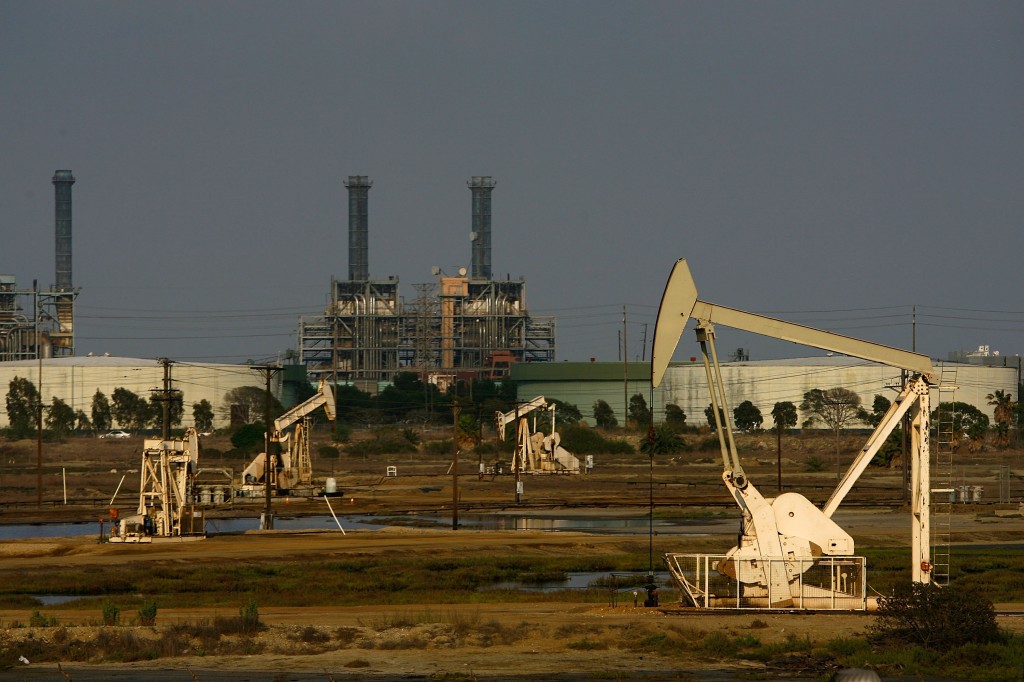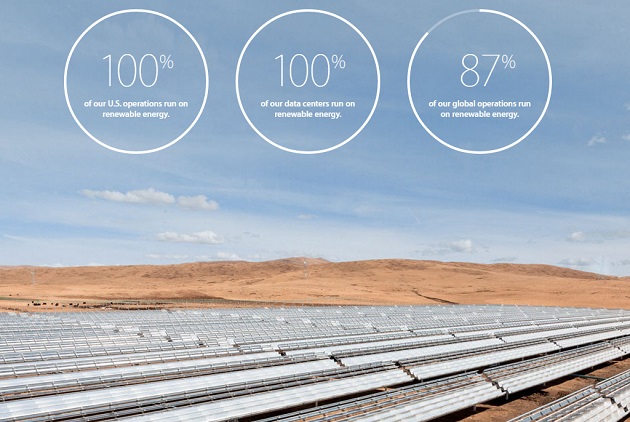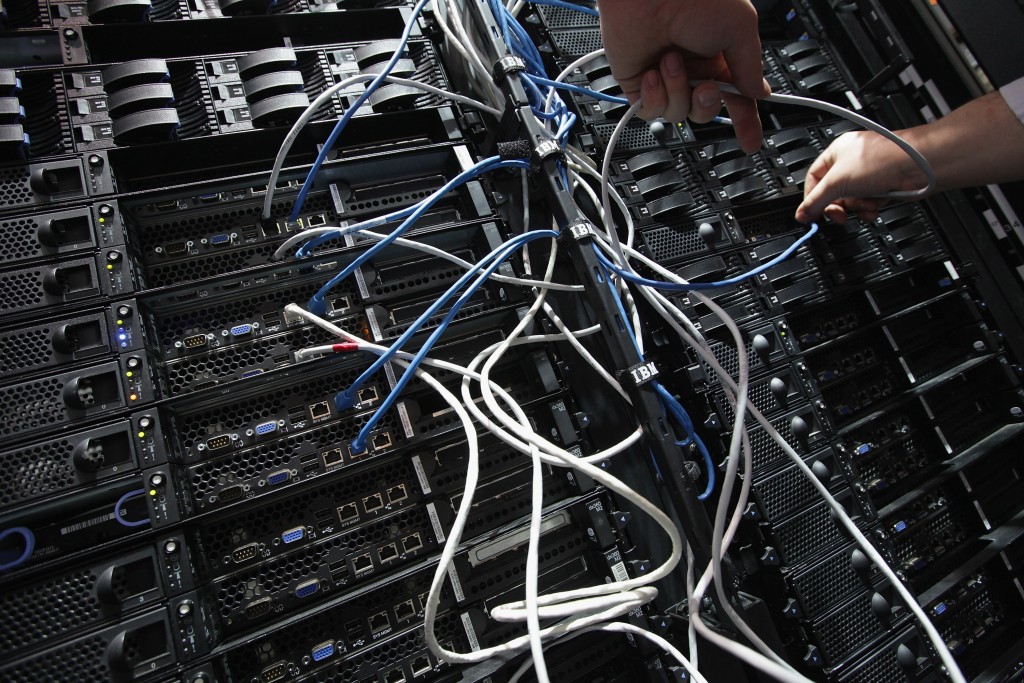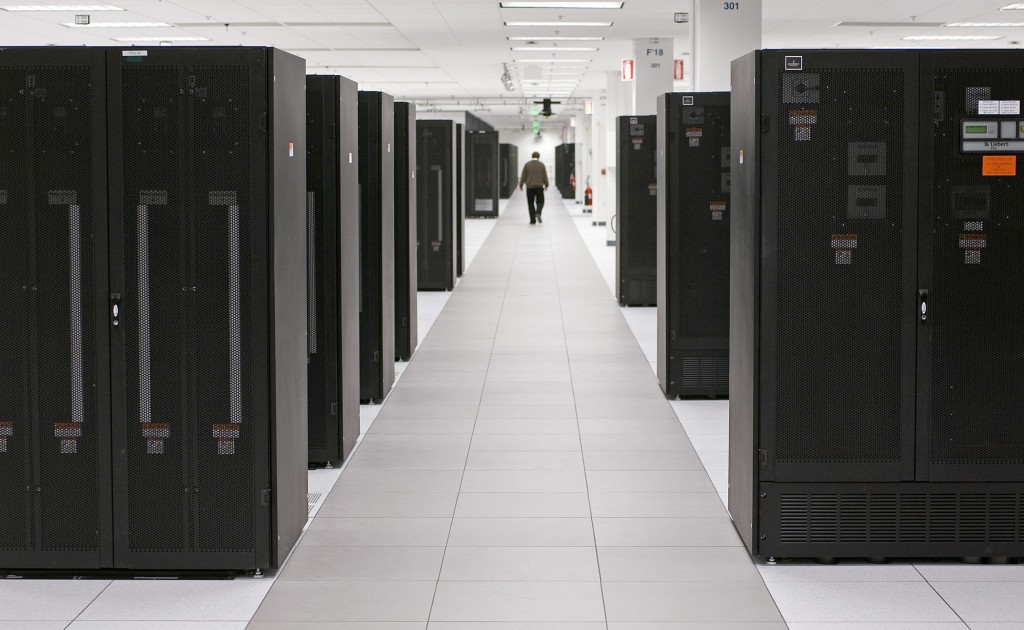According to a report by Reuters, Devon Energy is in discussions to acquire privately held Felix Energy. [The Motley Fool] Google is nearly doubling the amount of renewable energy feeding its massive data centers that enable more than 1 billion people to search for information. [ABC] Former Massey Energy CEO Don Blankenship was convicted Thursday… Keep reading →
Data Centers
Energy News Roundup: Devon Energy Set To Acquire Felix, Google Increases Renewable Capacity & Massey Energy CEO Convicted
By Conor O'SullivanSign up and get Breaking Energy news in your inbox.
We will never sell or share your information without your consent. See our privacy policy.Apple Again Pioneers ‘Building a Green Internet’, Greenpeace says
By Roman KilisekAs the “Internet of Things” rapidly expands, steep increases in power consumption by society are on the horizon. The lifeblood of all “Internet of Things” devices is the energy-intensive transmission and constant streaming of data between the internet/cloud-connected devices and massive data centers operated by Internet companies such as Apple, Google, Microsoft or Facebook. The… Keep reading →
It was just three years ago that Greenpeace was rallying the troops to put pressure on Apple to stop “powering their growing 21st-century clouds with dirty, 19th-century coal energy.” Whether it was the pressure that did it or not, Apple stands as a shining star in Greenpeace’s new update on the clean energy efforts of Internet-related… Keep reading →
Energy News Roundup: Apple Data Centers, Hedge Fund Losses & Wind Project Edges Closer
By Conor O'SullivanApple has announced £1.25bn plans to build two data centres in Denmark and Ireland that will be powered entirely by renewable energy. “Chief executive Tim Cook said the developments in Galway, Ireland and Jutland in Denmark would be Apple’s largest-ever European project and would “introduce some of our most advanced green building designs”. At 120,000 sq… Keep reading →
Private Companies, Federal Agencies and National Labs Join Better Buildings Challenge to Drive Greater Efficiency in U.S. Data Centers
By U.S. Department of EnergyPrivate Companies, Federal Agencies and National Labs Join Better Buildings Challenge to Drive Greater Efficiency in U.S. Data Centers WASHINGTON, D.C. – As a part of the Administration’s effort to support greater energy efficiency through the Better Buildings Challenge, the Energy Department today announced the first data center owners and operators who have committed to… Keep reading →
With the proliferation of smart phones, smart TVs, smart meters, smart grids and the “internet of things,” comes enormously energy-intensive data transfer, storage and management requirements. Data centers are rapidly expanding – in number of facilities and square footage – and these centers all have fairly significant power and cooling demand requirements. Green IT Amsterdam… Keep reading →
The data explosion racing around the internet as people do more online banking, shopping and thousands of other things requires energy-hungry data centers to process and store the growing volumes of information. These data centers need lots of electricity to power and cool servers, but IBM researchers have developed technology that can redistribute workloads to… Keep reading →

Data centers are a vital cog in our digital world. As data centers become increasingly important, we need to look at the infrastructure behind them: the electric power grid. The grid is aging infrastructure designed in the 20th century well before the advent of digital services like those provided by data centers – and it’s simply not suited to meet the power demands of data centers.
Data centers depend on a reliable supply of electricity in order to perform 24 hours a day, 365 days a year. Today’s electric infrastructure isn’t capable of providing the level of power reliability that data centers require, so these centers spend huge amounts of money on back-up systems in order to protect the facilities from power outages. There is increasing pressure to reduce the costs associated with electric service, however. A recent Gartner report showed that the annual cost to power an 8,000-square-foot data center can hit $1.6 million, and the cost is rising. These costs don’t include expenses associated with building, operating and maintaining back-up systems either. Keep reading →

The idea of powering energy intensive facilities with inexpensive methane from on-site rigs is gaining traction in the Marcellus Shale region. And one of the reasons for the interest is the intensifying focus by exploration and production companies on natural gas liquids.
NGLs, which include propane, hexane, butane, and pentanes, are produced by fractionation after well-gas is processed to separate them from methane and ethane (which can only be liquefied through cryogenic treatment). Keep reading →







